|
|
|
|



|
|
|
KOSOVO: It
derives its name from the Serb word "kos" ("kosovo"
- belonging to "kos") which means a blackbird. The site of the
famous battle was therefore the Field of Blackbirds (Kosovo Polje). More
than 90% of geographical names in today's Kosovo are of the Serb origin
which proves the centuries long existence of the Serb people and its
culture in this area. Albanians use the word KOSOVO which is derived
from the Serbian word. |
Albania
Yugoslavia
|
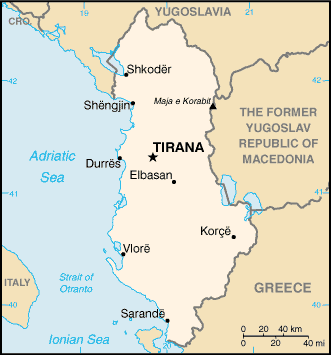
Albania:
Southeastern Europe,
bordering the Adriatic Sea and Ionian Sea, between Greece and the Federal
Republic of Yugoslavia |

Kosova:
Southeastern Europe, bordering the Adriatic Sea, between Albania and
Bosnia and Herzegovina
|
|
HISTORY OF KOSOVO-ALBANIA CONFLICT
|
After the Second World War, As a result of unbelievable demographic
explosion Albanian population in Kosovo doubled by 1971. The official
Yugoslav census for that year shows 916,168 Albanians living in Kosovo,
while Serb and Montenegrin population reached only to number 259,819.
This demographic trend clearly demonstrates that the theory of Serb
repression over Albanians after the WWII is absolutely not correct. The
truth is that the Communist authorities favored the Albanians on the
expense of Serbs allowing uncontrolled settlement of Albanian immigrants
and tolerating different methods of ethnic discrimination
over the Serbs which made more and more Serbs leave the province and
seek better life in Central Serbia. By 1990ies more than 800 settlements
in which Serbs lived with Albanians became ethnically clean Albanian
villages.
In an attempt to prevent the secession of Kosovo and Metohija Serbian
government in 1990 abolished Kosovo Albanian autonomy. A failure of
Milosevic government to develop true democratic institutions instead and
using the police methods to prevent Albanian secession even more
increased ethnic Albanian wish to cut of from Serbia. When the KLA
rebels began attacks on Serbs in 1998 the Government brought the army
and police to put the rebellion down. In the course of the civil war -
1998-1999 which ended by the NATO intervention against Yugoslavia more
than 500.000 Kosovo Albanians fled the province to Macedonia and
Albania. After the war, despite the international presence, KLA
organized persecutions of Serb population and more than 200.000 Serbs
fled Kosovo and Metohija. Only 90.000 Serbs remained living in total
isolation, dispersed in several KFOR protected Serb enclaves.
|
|
Under Muslim rule, many of the Albanians converted to Islam and attained
dominance over the subordinated Serbian population. A dichotomy or
division emerged between Christians and Muslims, between Serbs and
Albanians. There was a further split between Roman Catholicism and Eastern
or Greek Orthodoxy. The Serbian Orthodox population was discriminated
against and Serbian peasants faced oppression under Albanian Muslim
landlords and rulers. |
Jorge in Tirana,
Albania
-
In 1990 Albania ended 44 years
of xenophobic communist rule and established a multiparty democracy.
The transition has proven difficult as corrupt governments have
tried to deal with high unemployment, a dilapidated infrastructure,
widespread gangsterism, and disruptive political opponents.
International observers judged local elections in 2001 to be
acceptable and a step toward democratic development, but identified
serious deficiencies which should be addressed through reforms in
the Albanian electoral code.
-
|
Population:
|
ALBANIA:
3,544,841 (July 2002 est.)
KOSOVO:
10,656,929 (YUGOSLAVIA)
|
|
Religions:
|
ALBANIA:
Muslim 70%, Albanian Orthodox 20%, Roman Catholic 10%
note: all mosques and churches were closed in 1967
and religious observances prohibited; in November 1990,
Albania began allowing private religious practice.
KOSOVO:
Orthodox 65%, Muslim 19%,
Roman Catholic 4%, Protestant 1%, other 11%
|

|
|
ALBANIA:
Albanian
95%, Greek 3%, other 2% (Vlach, Gypsy, Serb, and
Bulgarian) (1989 est.)
note: in 1989, other estimates of the Greek
population ranged from 1% (official Albanian statistics)
to 12% (from a Greek organization)
KOSOVO: Serb 62.6%,
Albanian 16.5%, Montenegrin 5%, Hungarian 3.3%, other
12.6% (1991)
|
Languages:
|
Albanian (Tosk is the official dialect), Greek....
Servian, Albanian
|
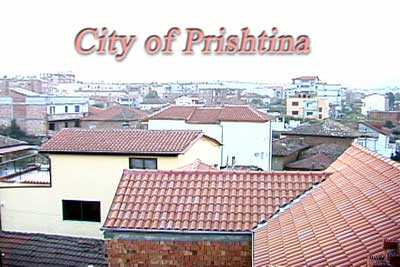
|
|
|
|

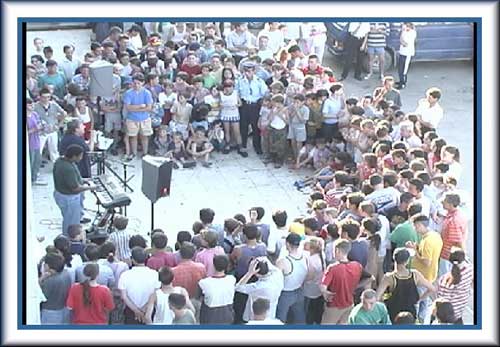
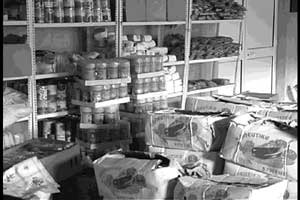 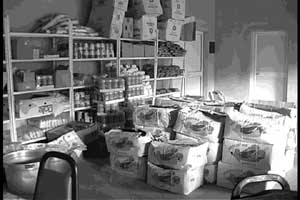
We brought food, medicines and
different staff
|
|
|
|
|
MAIN
PAGE
|
|
|